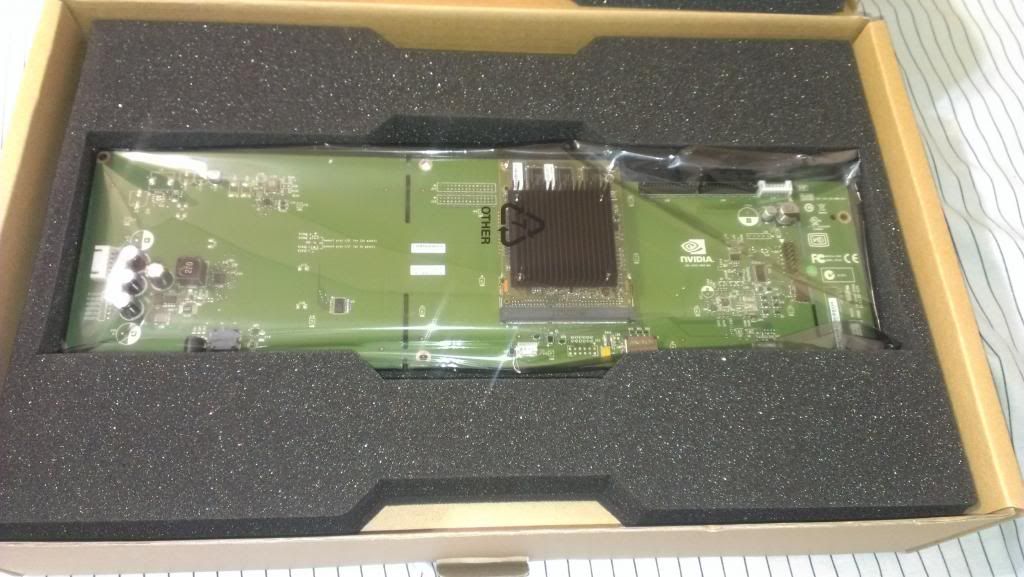IdiotInCharge
NVIDIA SHILL
- Joined
- Jun 13, 2003
- Messages
- 14,675
This guy won the DIY kit from TR- apparently the experience is pretty memorable.
Also, the module wasn't hard to install. I'm looking forward to seeing G-Sync in IPS monitors.
Updated: more pictures of the actual install and TR's own review of the tech with videos and impressions.
Also, the module wasn't hard to install. I'm looking forward to seeing G-Sync in IPS monitors.
Updated: more pictures of the actual install and TR's own review of the tech with videos and impressions.
Last edited:
![[H]ard|Forum](/styles/hardforum/xenforo/logo_dark.png)
